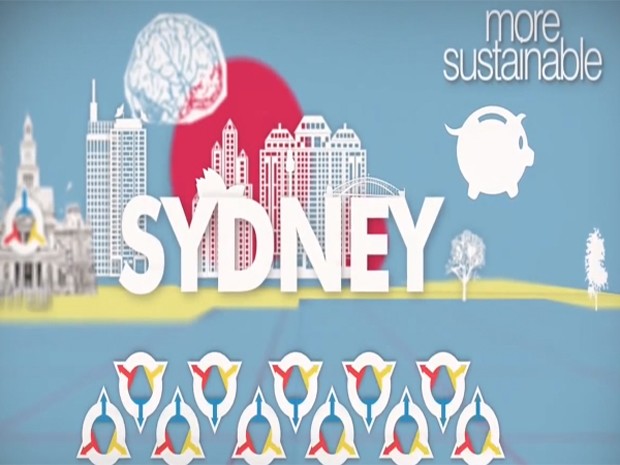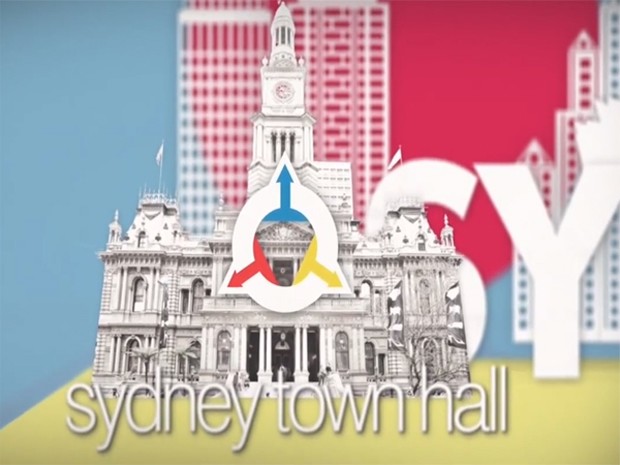Sydney City Council has endorsed a plan to further investigate the installation of a local, low carbon trigeneration plant in Sydney Town Hall.
The plant, if installed, will produce clean, local power for Town Hall and the neighbouring Town Hall House, where over 1,500 City of Sydney employees work. It will supply energy for lights, printers and computers and air conditioning, as well as charging the City’s electric vehicle fleet.
Lord Mayor Clover Moore says the move is part of the City’s long-term commitment to reduce carbon pollution, with locally-produced energy to make a big contribution to the City’s emissions target of 70 per cent by 2030.
“At the City, we know most of our residents want action on climate change and so we’ve reduced our emissions by 20 per cent since 2006 and projects are underway to achieve 29 per cent in coming years,” Moore said.
“We’ve made the simple and obvious changes but to meet our target of reducing emissions by 70 per cent we need to change the way we power our city. That means shifting away from coal-fired power and investing more in clean and local energy.”

Trigeneration plants use natural or renewable gases to produce electricity, with the heat produced from the process captured and used for air conditioning, heating and hot water services.
A trigeneration plant on the roof of Town Hall House would help achieve a five per cent reduction in the City’s carbon pollution, and avoid approximately 74,000 tonnes of greenhouse gas emissions over its lifetime.

The cost of carbon abatement per tonne using trigeneration at Town Hall is comparable with Greenpower, while the plant would also provide infrastructure which improves building energy efficiency.
Although similar plants already exist in various office buildings across Sydney, the City is calling on the NSW and Federal Government to cut red tape to support precinct-based trigeneration.
Currently, regulatory barriers and costly electricity network charges that do not reflect the benefits of local generation make it difficult to install bigger and more efficient plants that can supply power for multiple buildings and deliver bigger savings.
Furthermore, these networks help provide security of supply during extreme weather or climate events.
According to the City’s chief development officer, energy and climate change, Allan Jones MBE, the precinct trigeneration network supplying Co-op City in the Bronx, New York, continued to supply energy to 60,000 residents, six schools, three shopping centres and the police precinct when the electricity grid’s poles and wires were knocked out for several weeks by Hurricane Sandy in 2012.

